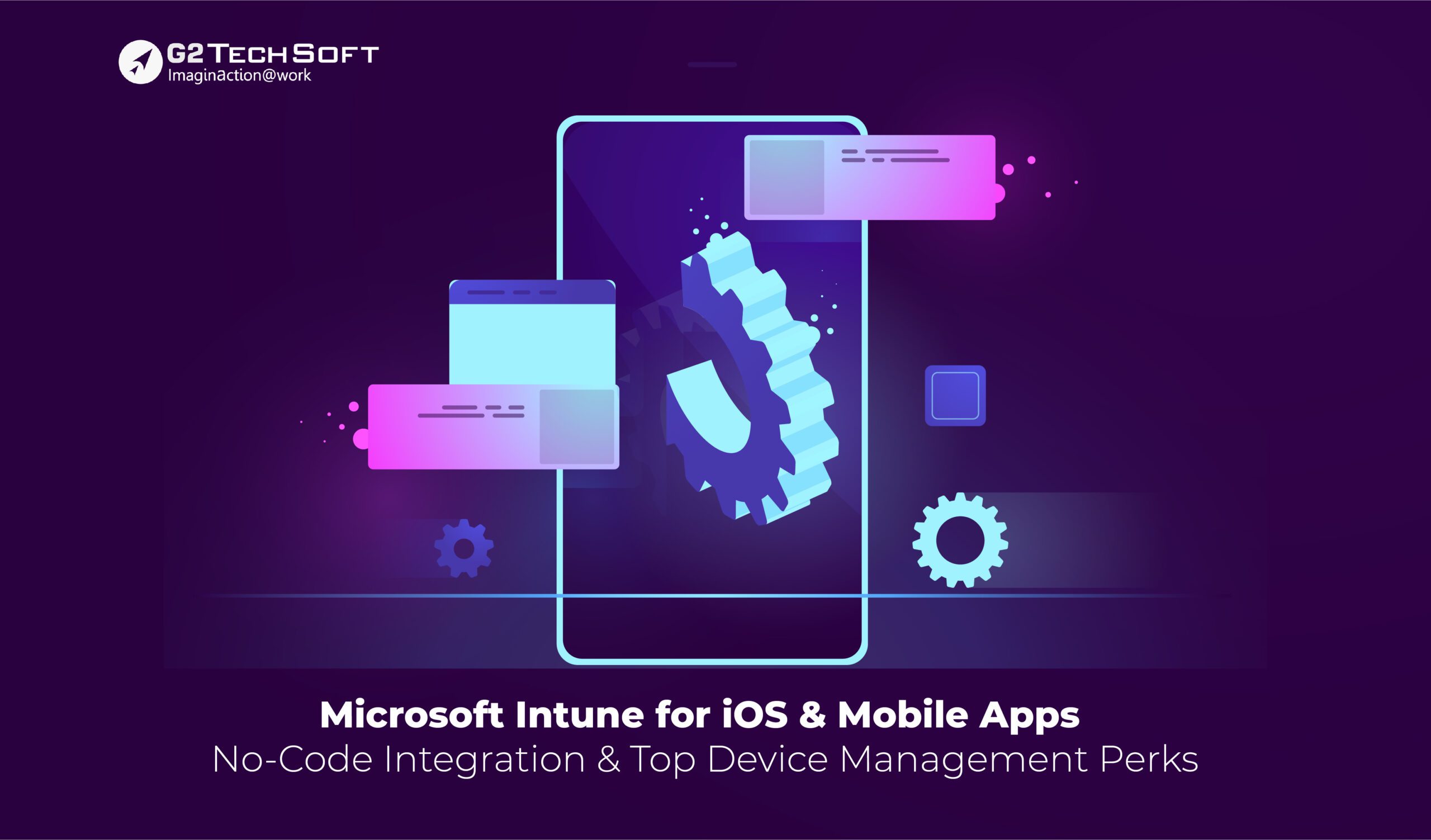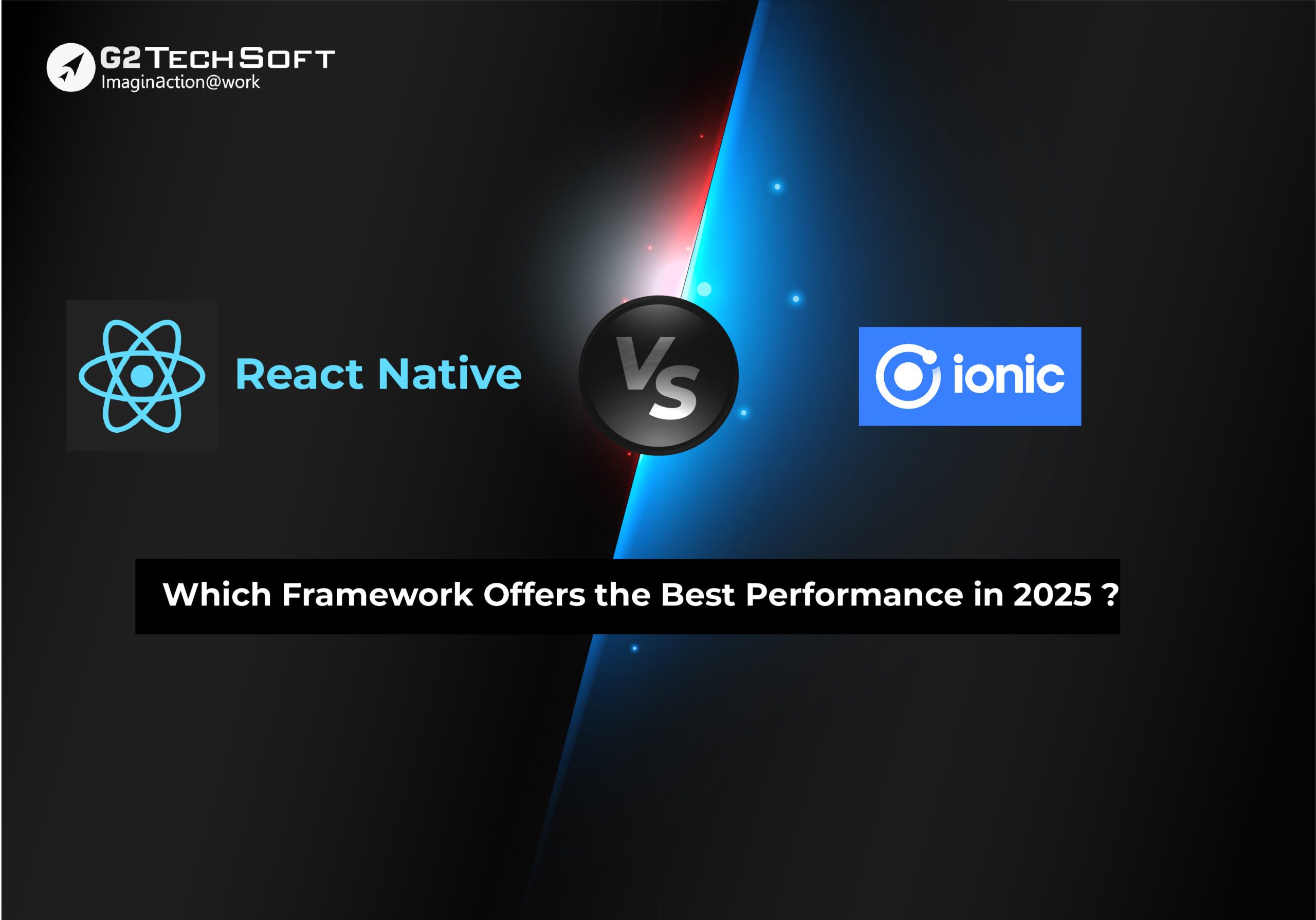
Strategic Advantages Of Cloud Native Development Services For Modern Enterprises
In the digital era, where technological agility distinguishes market leaders, cloud-native development services offer a transformative approach for firms aiming for greater scalability, flexibility, and efficiency. This shift to cloud-native application development goes beyond a mere technical upgrade; it represents a strategic realignment that can fundamentally change how firms operate and deliver value.
Cloud-native practices involve developing applications specifically for cloud environments, leveraging technologies such as service meshes, containers, microservices, immutable infrastructure, and declarative APIs. The primary perks of this approach lie in its capacity to permit firms to construct and manage scalable applications effectively across private, public, and hybrid cloud environments.
The Core Benefits of Cloud Native Development For Businesses:
Agility And Speed:
Cloud-native development fosters agility by employing modern methodologies that streamline the software development lifecycle. It ends in shorter development cycles, letting firms deploy advanced features and updates more often.
The approach also facilitates quick resolution of bottlenecks, ensuring that enhancements and fixes are delivered rapidly and efficiently. This agility helps firms stay competitive by continuously evolving their offerings to meet market demands.
Improved Reliability And Resilience:
Cloud-native applications are engineered to be highly reliable and resilient. They are designed to manage individual component failures without causing widespread system outages. This is achieved through built-in redundancy and failover mechanisms that ensure high availability.
Automated backup solutions further reduce the risk of data loss and downtime, maintaining uninterrupted service even during unexpected disruptions.
Enhanced Customer Experience:
Cloud-native applications are built with high availability, ensuring that services remain accessible even during maintenance or unexpected events. These applications employ machine learning and data analytics to offer customized user experiences and adapt services depending on real-time demand.
This capability boosts customer satisfaction by offering tailored interactions and ensuring that services scale effectively according to user needs.
Security And Compliance:
Cloud providers provide built-in security tools and services that can be flawlessly integrated into cloud-native applications. These tools promote protection against common security threats. Additionally, cloud environments adhere to established standards, which helps simplify regulatory compliance.
By incorporating security practices from the outset, cloud-native development ensures robust protection and adherence to industry regulations.
Cost Optimization:
Cloud-native development leverages containerization technologies, such as Kubernetes, to manage and secure applications independently of the underlying infrastructure. This approach not only limits development costs but also permits efficient scaling of storage and processing resources.
Companies only pay for the resources they use, which helps optimize costs and limit the financial burden of over-provisioning. This flexibility enables cost-effective management of cloud resources, aligning expenditures with actual usage.
How Does Cloud Native Development Services Drive Business Agility And Innovation?
Rapid Adaptation To Market Changes:
Cloud-native development permits firms to swiftly deploy applications and services, allowing for real-time responses to market shifts and customer demands. Key aspects include:
- Microservices Architecture: By decomposing applications into smaller, independent services, firms can update or replace specific components without affecting the entire system. This modular method boosts instant iterations and deployments.
- Continuous Integration And Continuous Deployment (CI/CD): CI/CD pipelines automate testing and deployment processes, significantly limiting the time from development to production. This automation supports more frequent launches of new features and updates.
- Scalability: Cloud-native applications can flawlessly scale according to demand. This elasticity helps manage varying workloads efficiently, optimizing both costs and performance.
Enhanced Customer Experience:
Cloud-native development enhances customer experiences by:
- Personalization: Rapid deployment of new features enables businesses to customize services to meet individual customer preferences, boosting engagement and satisfaction.
- Real-Time Data Processing: The architecture supports real-time analytics, offering insights into customer behavior and preferences. This data-driven approach enhances decision-making and enables timely responses to customer needs.
Strategies For Implementing Cloud-Native Development:
To drive innovation through cloud-native development, organizations can adopt the following strategies:
Embrace A DevOps Culture: Boost collaboration between operations and development teams to enhance continuous improvement and shared responsibility. This limits bottlenecks and accelerates the development lifecycle.
Invest In Training And Skill Development: Equip teams with essential skills for cloud-native technologies, such as containerization (e.g., Kubernetes, Docker) and serverless computing, through targeted training programs.
Leverage Cloud Services And Platforms: Utilize cloud platforms (e.g., Azure, AWS, Google Cloud) to access a broad range of services, including databases and analytics tools, which can speed up development and reduce coding requirements.
Implement Agile Methodologies: Adopt agile practices to work in iterative cycles, enabling quick adaptation to feedback and changing requirements, thus supporting continuous delivery and improvement.
Focus On Security And Compliance: Integrate security measures throughout the development process to mitigate risks and ensure regulatory compliance as businesses transition to cloud-native architectures.
Overcoming The Challenges:
Transitioning to cloud-native development can be challenging due to the need for a cultural shift towards iterative processes, continuous improvement, and collaboration among development, operations, and security teams.
The complexity of managing multiple interacting services in a distributed system can also be daunting. To address these challenges, invest in training and tools that improve visibility, management, and orchestration. Partnering with experienced cloud-native service providers can offer valuable guidance and expertise for a successful transition.
Achieving Cost Efficiency And Resource Optimization With Cloud Native Development:
Scalability: Cloud-native applications are engineered for high scalability, effortlessly managing large volumes of users and data without compromising performance. They can be dynamically scaled up or down based on application demands, ensuring optimal resource use.
Resiliency: Designed for resilience, cloud-native applications can withstand hardware or software failures without impacting availability. Built with failover and redundancy mechanisms, they ensure continuous operation and limit downtime.
Agility: Utilizing modern development practices like DevOps automation, continuous delivery, and containerization, cloud-native applications enable rapid development, testing, and deployment of new features and updates. This agility accelerates innovation and responsiveness to market changes.
Cost-Effectiveness: Cloud-native applications reduce costs by leveraging cloud environments, eliminating the need for expensive on-premises infrastructure. It leads to lessening infrastructure and maintenance expenses.
Flexibility: These applications offer flexibility in deployment, supporting any cloud platform or infrastructure. They can be easily migrated between cloud providers, reducing the risk of vendor lock-in and enhancing adaptability.
Security: Cloud-native applications incorporate robust security features, including encryption, access controls, and network security. Additionally, cloud providers offer services such as identity management, threat detection, and data protection to bolster security.
Serverless Platforms And Reusability: Cloud-native applications often use serverless platforms, enabling the deployment of discrete code segments that perform specific functions. This modular method permits code reuse across distinct projects, saving effort and time in development.
Real-Time Analytics: Designed to handle transient data influxes, cloud-native applications support real-time analytics for performance monitoring, troubleshooting, and customer behavior analysis. They also comply with regulations like HIPAA and GDPR, ensuring data protection and regulatory adherence.
Enhancing Security And Compliance With Cloud Native Development:
Embrace Microservices:
Adopting a microservices architecture is pivotal for cloud-native transformation. This approach involves breaking down traditional monolithic applications into smaller, independently deployable services, enhancing modularity, and simplifying the management of application components.
Adopt Containerization:
Containers offer a lightweight and consistent environment for running applications, promoting greater efficiency and portability across various cloud platforms. By containerizing applications and their runtime environments, businesses can achieve streamlined deployment and operational consistency.
Implement Continuous Integration And Continuous Delivery (CI/CD):
CI/CD pipelines are crucial in cloud-native ecosystems for automating software delivery. These practices enable automatic building, testing, and deployment of code changes, enhancing the speed and reliability of software releases.
Prioritize Security:
As cloud-native environments grow more complex, integrating security into the design from the start is vital. A DevSecOps approach ensures that security is an integral part of the development process rather than an afterthought.
Key Takeaways:
Cloud-native development services are strategically pivotal for modern businesses, offering unmatched agility, scalability, and efficiency in a rapidly evolving digital landscape. By leveraging cloud-native technologies, organizations can quickly adapt to market changes, enhance customer experiences, and optimize their operational costs.
Embracing a cloud-native approach fosters innovation, accelerates time-to-market, and ensures resilience and robust security in a competitive environment. To stay ahead of the competition and achieve sustainable growth, businesses must fully embrace cloud-native technologies, integrating them into their strategic frameworks to drive future success.




